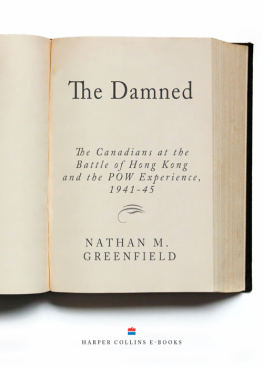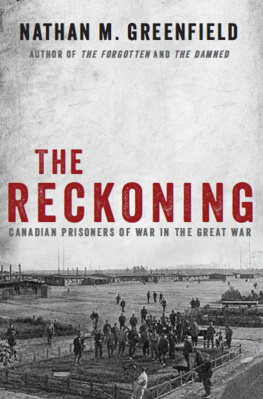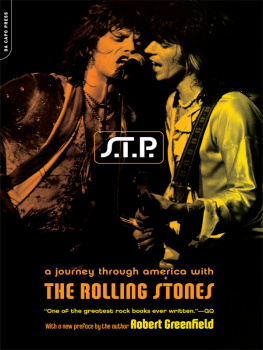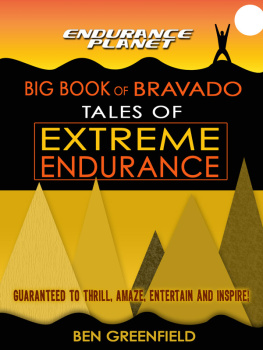Nathan M. Greenfield - The Damned
Here you can read online Nathan M. Greenfield - The Damned full text of the book (entire story) in english for free. Download pdf and epub, get meaning, cover and reviews about this ebook. year: 2011, publisher: HarperCollins Publishers, genre: History. Description of the work, (preface) as well as reviews are available. Best literature library LitArk.com created for fans of good reading and offers a wide selection of genres:
Romance novel
Science fiction
Adventure
Detective
Science
History
Home and family
Prose
Art
Politics
Computer
Non-fiction
Religion
Business
Children
Humor
Choose a favorite category and find really read worthwhile books. Enjoy immersion in the world of imagination, feel the emotions of the characters or learn something new for yourself, make an fascinating discovery.
- Book:The Damned
- Author:
- Publisher:HarperCollins Publishers
- Genre:
- Year:2011
- Rating:4 / 5
- Favourites:Add to favourites
- Your mark:
- 80
- 1
- 2
- 3
- 4
- 5
The Damned: summary, description and annotation
We offer to read an annotation, description, summary or preface (depends on what the author of the book "The Damned" wrote himself). If you haven't found the necessary information about the book — write in the comments, we will try to find it.
The Damned — read online for free the complete book (whole text) full work
Below is the text of the book, divided by pages. System saving the place of the last page read, allows you to conveniently read the book "The Damned" online for free, without having to search again every time where you left off. Put a bookmark, and you can go to the page where you finished reading at any time.
Font size:
Interval:
Bookmark:
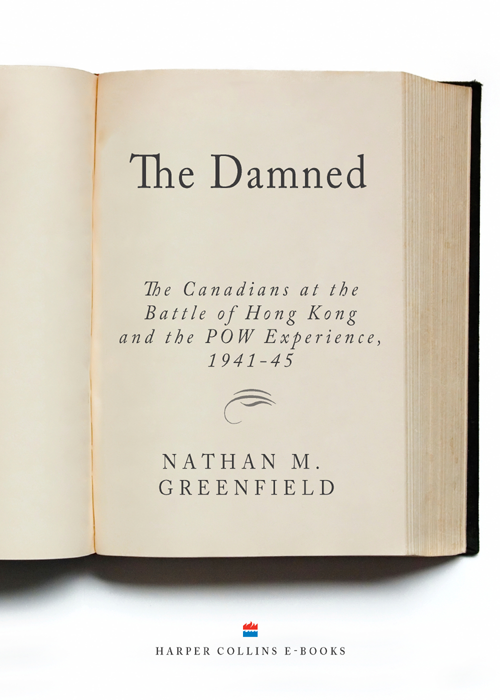
THE
DAMNED
The Canadians at the Battle of Hong Kong
and the POW Experience, 194145
Nathan M. Greenfield

To Micheline Dub, my wife and ideal reader,
and Louise and (late) Pierre ONeil, and Ded Marin, who,
thirty years ago, welcomed me to Canada and began teaching
me about the country.
That I allow, replied the Canadian; but we must risk that. Liberty is worth paying for; besides the boat is strong, and a few miles with a fair wing to carry us is no great thing.
Jules Verne, Twenty Thousand Leagues Under the Sea (The Canadian to Ned Land, speaking of escaping Captains Nemos Nautilus)
The hand of the LORD was upon me, and carried me out in the spirit of the LORD, and set me down in the midst of the valley which was full of bones,
And caused me to pass by them round about: and, behold, there were very many in the open valley; and, lo, they were very dry. And he said unto me, Son of man, can these bones live? And I answered, O Lord GOD, thou knowest.
Again he said unto me, Prophesy upon these bones, and say unto them, O ye dry bones, hear the word of the LORD.
Thus saith the Lord GOD unto these bones; Behold, I will cause breath to enter into you, and ye shall live:
And I will lay sinews upon you, and will bring up flesh upon you, and cover you with skin, and put breath in you, and ye shall live.
Ezekiel 37: 16 (King James Version)
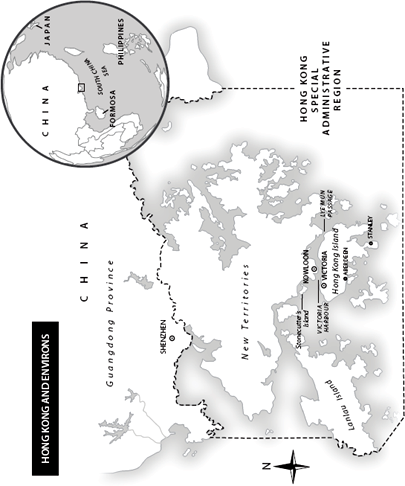
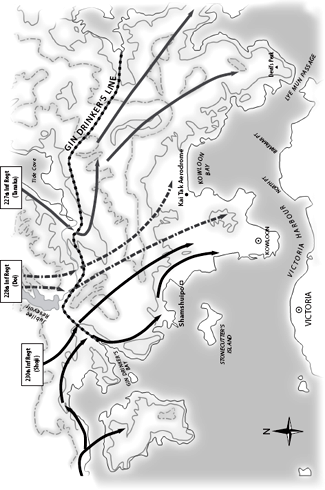
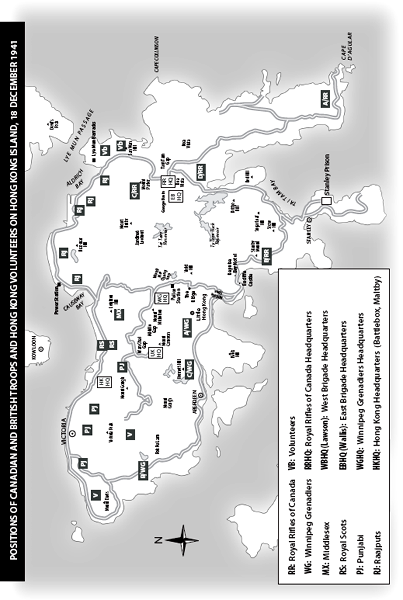
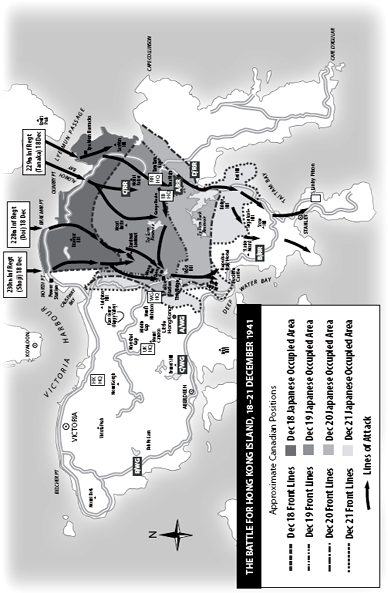
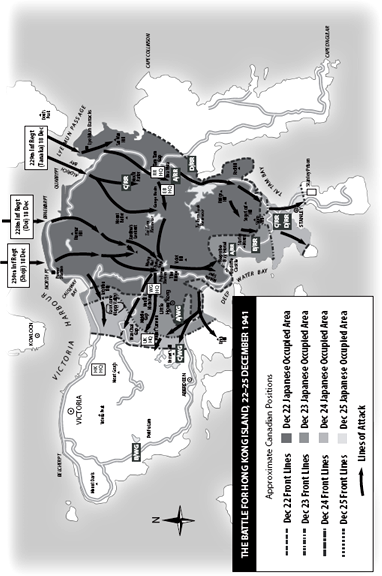
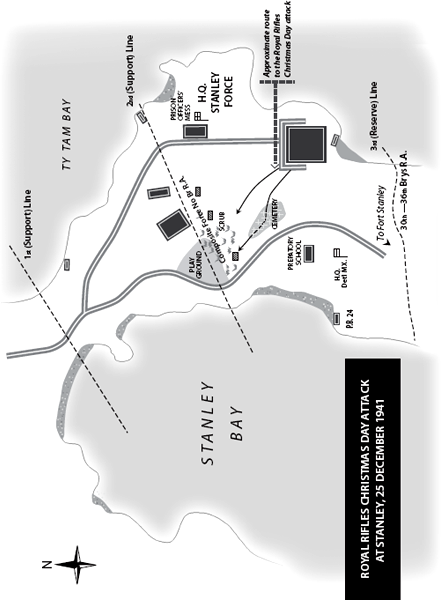

U nder a scorching summer sun, just over twenty uniformed men marched forward. They had done it before. Almost seventy years earlier in Vancouver, they had marched up a gangplank to the SS Awatea, and three weeks later and half a world away, down another in Hong Kong. Three more weeks passed and with bayonets in place and bullets in their rifles chambers, they had advanced in places with familiar-sounding namesMount Butler, Red Hill, Mount Parker and Notting Hilland some with decidedly unfamiliar namesTai Tam Gap, Wong Nei Chong Gap, Wan Chai Gap. In these places and in others, including nameless rises and gullies, they had left brothers, cousins and lifelong friends, for that is what many of the men in the regiments raised chiefly in the small towns of Manitoba and eastern Quebec were to each other. A few days after Christmas 1941, they had marched in formation into North Point Prisoner of War Camp, close to the Japanese troops first landing point when they invaded Hong Kong Island on 18 December 1941. Ten days earlier, the Imperial Japanese Army had thrown the British garrison, which included 1,974 Canadian troops, off the mainland.
Then, the men had been young (some only sixteen or seventeen), strong and straight.
The distance these men walked to the Memorial Wall that stands just off Sussex Drive in Ottawa wasnt far. Seventy years ago, even with sixty-pound packs on their backs and carrying nine-pound Lee-Enfields, theyd have covered it in seconds. Still, on 15 August 2009, as they fought the bend of agethe youngest had already seen his eighty-fifth birthdaythey moved with a precision that recalled the military tattoo theyd learned decades earlier. Those in wheelchairs held their heads as if on parade.
When they reached the Memorial Wall, the western side of which is topped by a representation of the stark, volcanic hills that absorbed so much Canadian, British, Indian and Hong Kong Volunteer blood, their eyes were searching. Each saw his own name chiselled into the Wall, for, uniquely among war memorials, it lists the name of every soldier and the two Nursing Sisters who made up C Force. But these were not the names they touched. Tears welling in their eyes, they felt the names of fallen friends, cousins, brothers, comrades.
The veterans were followed by widows, who cried as they touched their husbands names. The fingers of sons, daughters, nephews, nieces, grandsons and granddaughters traced the font that etches their families stories into our history.
Some 290 men died during the battle: many were bayoneted in cold blood or shot long after they had raised their arms in surrender. Another 267 died in other places Canadians have never heard of: Shamshuipo, Oeyama, Niigata, Narumi, Omine, Tsurumi, Kawasaki 3-D. At these and other Japanese POW camps, the Canadian (and British, Indian, American and Dutch) soldiers were turned into slave labourers. They were systemically starved; often, what food they were given was unfit for human consumption. Hundreds suffered from diseases associated with malnutrition; many died from them. Dysentery alone killed almost a hundred. With the full knowledgeindeed, with the approvalof the camps commandants, they were beaten and tortured. Four Canadians were executed for doing the soldiers duty and trying to escape.
The story of C Force, as the Canadian military contingent sent to Hong Kong was designated, is little known, and what is known of it is often wrong. They were poorly trained, goes one legend, the foundation of which was laid almost as soon as the guns fell silent by none other than Brigadier Cedric Wallis, the British officer who commanded East Brigade, which included the Royal Rifles of Canada. By the standards of 1944, when Allied armies slugged their way up Italy and invaded Normandy, and American Marines liberated islands like Guam, C Force was indeed not well trained. But by the standards of 1941, they were as well trained as any part of the British or Canadian armies.
Another legend holds that they were sent into battle without proper equipment. This one has some truth to it; they lacked both trucks and universal carriers, and they had few mortars and almost no training on them. But both the Rifles and the Winnipeg Grenadiers had more than their full complement of rifles, ammunition, and Bren and other guns.
Perhaps the most egregious misconception is that, like their fathers and uncles who joined up to fight the Kaiser a quarter-century before, the men who took the Kings schilling after the Second World War broke out in September 1939 were dupes in the grip of mindless nationalism. Some octogenarians freely admit that they heard the call of adventure. Others recall the deprivation of the Great Depression and the lure of three squares a day. Manyand this needs to be emphasized, not only those then enrolled in university or in the media centres of Montreal or Torontojoined up because they saw Nazi Germany for the threat to morality and democracy that it was. It is one of historys great ironies that the men and women of C Force ended up fighting an equally dangerous and pernicious foe in Asia.
Font size:
Interval:
Bookmark:
Similar books «The Damned»
Look at similar books to The Damned. We have selected literature similar in name and meaning in the hope of providing readers with more options to find new, interesting, not yet read works.
Discussion, reviews of the book The Damned and just readers' own opinions. Leave your comments, write what you think about the work, its meaning or the main characters. Specify what exactly you liked and what you didn't like, and why you think so.

